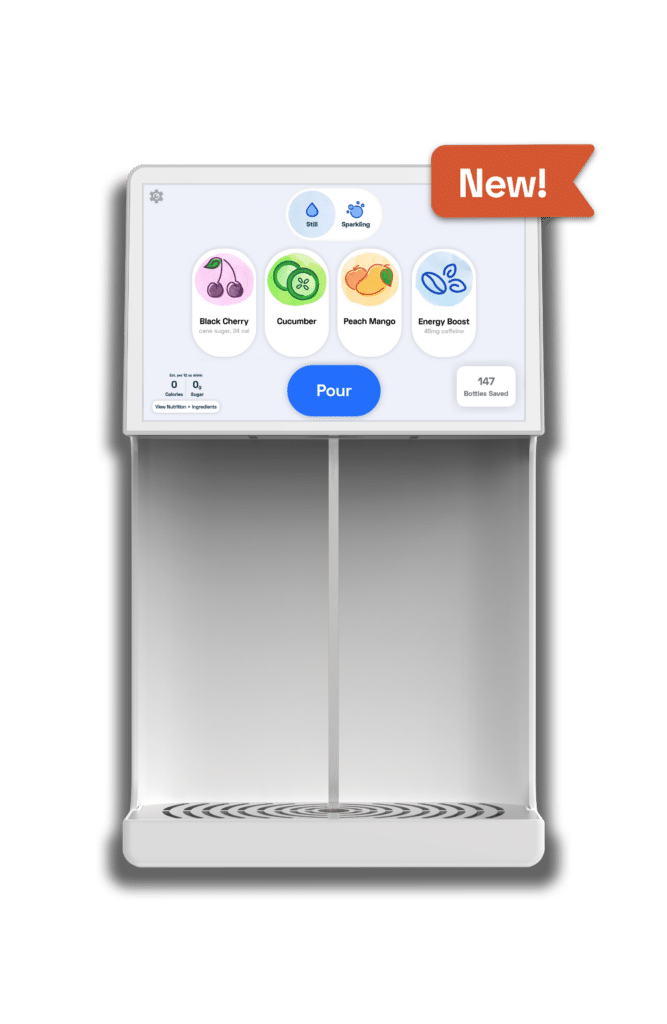Do you remember what you were doing on this day eighteen months ago? Neither do we, but it’s a safe bet that you were doing it in an office.
Eighteen months is a long time and probably the longest stretch you haven’t been to an office since you started working. At first, we thought it might be a few months. Then, we thought it might last until the end of the year. And now, we’re planning to get back to the office in early 2022.
All throughout that uncertainty, as office reopening dates were continually pushed back and reset, we’d hurry up to get mentally ready for the office, only to be told it wasn’t quite time, and those false starts have taken a toll. We’ve gotten used to the remote life, and it’s going to take some getting used to going to the office again.
So now as we prepare once again for a return in the new year, it’s important to help everyone ease back into the routine that we’ve missed for so long. Here are some tips and advice to facilitate a smooth return to office life.
Help your team make a plan
As details emerge about your return to work master plan, stop to check in with team members to see how this might individually affect them and their role. Make room for some of these needs while also balancing the wellness of the greater organization. Some of the best laid plans might not work for everyone right off the bat and that’s okay. See what works for teams and individuals, and if the finished product remains at a high level, embrace the hybridity that arises out of the resiliency of your organization.
Be receptive to questions
After you communicate your team’s date to return to the office, it’s only natural that some will have questions about not only the definiteness of the return (after all, how many times has it been pushed back just this year?) but the nuts and bolts of when and how and how often to report to the physical office.
It’s in your best interest to be transparent about what you do know and what’s still up in the air. After eighteen months of uncertainty, it’s time to build trust, and clear communication about what’s going to happen as well as what still needs to be figured out will go a long way towards getting 100% buy-in from your team.
If possible, solicit feedback from as many people as possible on the return process so that you’re able to include a variety of viewpoints in the plan.
Focus on what employees gain by returning to the office
We’ve all come to find out that there are certain things that can’t be replicated outside the office: casual chats by the water cooler, team bonding activities, Zoom [insert something fun that doesn’t quite translate to video]. And that’s not even taking into account the strictly work-related activities that are harder to accomplish from a remote standpoint. Collaborating in the same room won’t soon be taken for granted again.
That being said, it’s important to also allow space for the routines and activities that will be lost as we transition back to in-person work. Just as there was an adjustment period to working from home, so too will there be an adjustment period to working in the office again.
For example, if employees got used to taking a walk at a certain time of day, do your best to accommodate that in the office. Or maybe they really enjoyed the ritual of spending a little more time making lunch. Consider adding some kitchen space or equipment so the office can support those activities.
Invest in culture
If your team culture was lacking at the time we stepped away from in-person work, don’t make the same mistake during this chance for a reset. There are likely employees who onboarded remotely who will be coming to the office for the first time. There are also some longtime employees who have been away from the office for so long that it will be like the first time in some ways when they get back to their desk.
Take this opportunity to send everyone through a cultural onboarding to get on the same page at the office. Pair up some long-tenured employees with the new hires for a snack break in the first week, and really lean into the reset at all levels of your organization to get everyone moving forward from the same starting point. You may not have another opportunity like this again.
Plan as a team for a smooth transition
Make sure you’re prepared for the return and the questions it will bring, and be open to incorporating feedback on the fly as everyone gets settled and shares their experience. Be receptive to suggestions and questions and admit when there are still details to be ironed out. Where possible, focus on the gains to be had from returning to the office. This doesn’t mean there won’t be some things employees miss about the fully remote life, but there’s a lot to like about bonding with your team in the office again.
How are you thinking about creating the conditions for a smooth return to the office? We’d love to hear your thoughts on Facebook, Instagram, Twitter, or LinkedIn!






